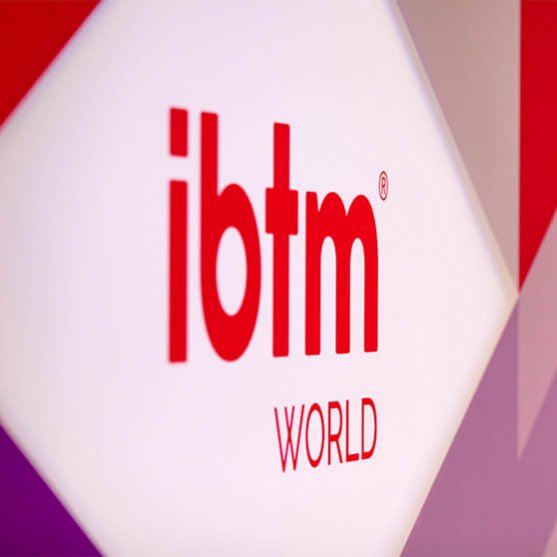10 ways to improve your invitation

Share news
Listen
The attendance of your event can be affected by your invitation. Low response rate can means that instructions or information on your invitation are not clear or it did not even get read or delivered.
Here are 10 rules for your invitation and direct mail:
1. SELL THE EVENT, NOT THE PRODUCT. This is the most important rule to remember when designing an invitation, and failure to sell the event is a common error. Keep in mind that your invitation has one objective only–to get people to the event. Even if your product sounds great, if the recipient doesnát want to come to the seminar, youáve failed. Period.
Sell the benefits of your product in the context of the event. Rather than “Our software cuts development time by 50 percent,” presents “Come to our free seminar and youáll learn how you can cut development time by 50 percent.”
2. MAKE IT EASY. Make responding to your invitation as simple as possible. That means accommodating anyone who might receive it. Some people think nothing of picking up the phone. Others, would rather fill out a business reply card or send an email or fax. Always provide the possible options. If budget allows, you should have a staff in charge to do follow-up calls on the people you would like to attend to get their response.
If you have a web page for your event, give people who visit your site a way to register for your event via a form. You can also include a box to fill in information about where they learn about your event.
3. GIVE INCENTIVES TO ATTEND THE EVENT. Let the recipients know what is in store for them when they attend your event: a free information kit, a demo disk, a gift? Communicate these freebies in your invitation.
4. THE MORE THE MERRIER. Include space on your reply card for the person to write in the names of colleagues who also might want to attend. This is an easy way to increase your registration and capture names for your database. Or, alternatively, ask them if thereás anyone else in the organization to whom you can send an invitation. (Make sure you have a supply of blank invitations on hand.)
5. NO WAY OUT. Most seminar reply cards include the line, “Sorry, I canát attend. Please send me information about your company/products.” The reasoning is that people who donát want to attend the seminar might be more likely to respond to an information offer.
Adding this option increases response, but it also decreases seminar attendance. Why? Because while people who would never even consider attending the seminar may ask for information, thereás always a group of prospects who, given the choice, will opt to be lazy and request a brochure.
Whatás your priority–more leads or more people in seats? If itás the latter, delete “I canát attend” from your reply cards. If you want more leads, then thereás little reason to do a seminar. Youáll get a higher response if you spend the same amount of money creating a white paper, for example, and using that as the offer instead.
6. REVIEW THE REVIEWS. Do the people who attend your seminars enjoy them? Do you get good reviews? Most companies hand out evaluation forms at their seminars, but then fail to leverage those comments to generate attendance at future events.
Take some of the best quotes from your evaluation forms and add them to your invitation. If the quotes need “dressing up,” add your own words and then call or fax the person who filled out the form and ask for their approval. You donát even have to quote them by name–just say, for example, “Senior programmer, Fortune 500 manufacturer.”
7. TEST, TEST, TEST. This rule applies to all direct mail, not just seminar invitations, but it has particular significance for seminars because these are often programs that companies repeat over time.
Testing doesnát have to mean paying for two entirely different creative packages. It can be as simple as mailing five weeks in advance vs. six weeks; window envelope vs. closed-faced envelope; first class vs. third class; meter vs. stamp. The bottom line is if you donát test, youáre throwing money away, because even the slightest incremental response can boost the results of your next mailing. Even if this is a “one time only” event, test anyway. Chances are you can use what you learn for similar programs in the future.
8. BE SPECIFIC. Because seminar direct mail usually means writing the invitation long before the event has taken shape, the agenda can often end up as an afterthought. Yet, our experience shows this is often the first thing the recipient turns to when opening the invitation. After all, what better way to determine whether the event is worth attending?
Beef up your agenda by doing more than listing times, speakers, and topics. Add bullets that describe what the reader will learn in each session. Remember, donát focus on the benefits of the product or technology, but on the benefits of the material to be presented.
9. TARGET THE RIGHT AUDIENCE. Most seminar invitations air too high.Companies donát understand why when they rent a list of MIS managers, they end up with a roomful of software developers. They target the CEO, CIO and CFO, who (a) probably never attend seminars in the first place; and (b) arenát appropriate targets anyway. Even if the CIO is the ultimate decision-maker, does he or she have to cope regularly with the problem your product solves?
Target the highest level at which the problem is understood. Most high-tech sales are made bottom-up rather than top-down. The engineers and developers who come to your seminar are the ones who will make the sale happen, even if they donát actually sign the check.
Next time you rent a list, have the list manager divide it into two groups based on job function (MIS managers vs. developers, for example). Code them separately and track which group responds at a higher rate.
10. KEEP IT SIMPLE. Contrary to what you might hear from your direct marketing agency, the objective of most business-to-business direct mail these days is not to get noticed. The person who “notices” direct mail is likely to be a mail clerk, so your invitation may get discarded before it even leaves the mail room. (Note: Direct mail that gets noticed also tends to be more expensive.)
So, your main objective should be to get your mail delivered. That means it has to make it past the mail room, the department secretary and the executive assistant. If youáre targeting managers in large corporations, the more your invitation looks like “junk mail,” the less chance it has of landing end-up on that managerás desk.
Test your most colorful, eye-catching invitation against an ordinary, two-color, personalized letter package. Use a live stamp and stay away from envelope copy.











